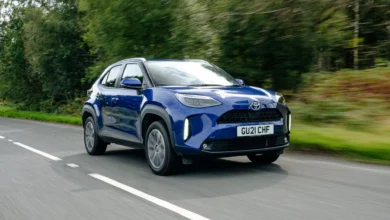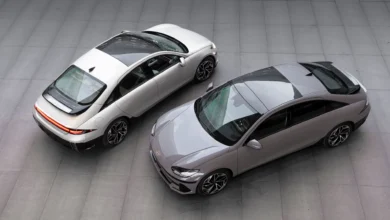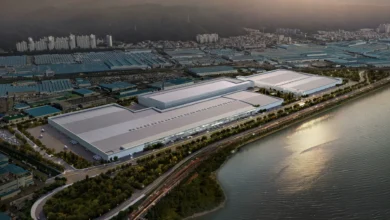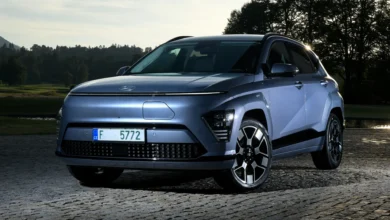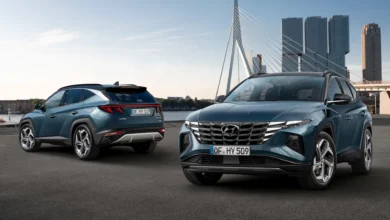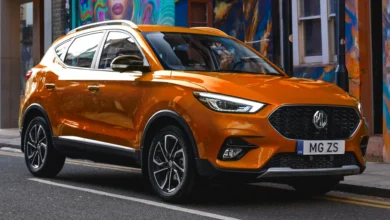
The whole tech world is paying attention to what’s going on at CES in Las Vegas. It was a few hours ago when, during his presentation entitled “Expanding human reach”, and accompanied by a spot, one of the Boston Dynamics robots, Euisun Chung, executive president of Hyundai Motor Group, presented the way forward in its transformation to a provider of intelligent mobility solutions. And a new word describes this path, metal mobility.
Boston dynamics begin to integrate into Hyundai
To accelerate the development of mobility in the future, Hyundai relies on robotics. This past year it acquired Boston Dynamics, and its founder Marc Raibert made an exhibition where he did not advance too much. He spoke of his robots Spot and Stretch that are already known. These allow work to be carried out in places that are inaccessible or hostile to man such as Fukushima or Chernobyl where they carry out radioactivity measurement tasks. He stressed that with Hyundai they are developing exoskeletons for humans with difficulties or to perform heavy and repetitive tasks. Finally, he defended a future where the capabilities and intelligence of robots will give them a place at our side as companions.
This was followed by Dong-Jin Hyun, Hyundai’s Vice President and Head of the Robotics Laboratory, on stage and presented two more pieces of this metal mobility puzzle, Plug & Drive (PnD) and Drive & Lift (DnL).
Key, complete mobility
The PnD is a single-wheel robotic platform. In its structure, it incorporates intelligent 360-degree steering, braking, propulsion unit, suspension, and LiDAR sensors and cameras that allow it to recognize its surroundings to be able to move autonomously. This allows it to be adapted to a multitude of needs and thus give mobility to all kinds of objects, from a floor as we saw in the video to furniture, cabins, or entire spaces. This can have infinite applications and in the presentation we saw him modify interior spaces at will, carry out automated logistics or maintain social distance in public transport. In this concept, where traditionally inanimate objects gain mobility, they have given it a name that also sounds like something to us, Mobility of Things (MoT).

The DnL module is another simpler platform, in this case, an external wheel mechanism that includes in its structure the traction, steering, and braking systems. These wheels combined with the small MobED mobility platform allow you to move up and down and keep level on uneven terrain.
Metamobility, Hyundai’s ally for the metaverse
It was the turn of Chang Song, president and head of Hyundai’s Transportation as a Service (TaaS) Division, and the puzzle began to make sense. As we’ve seen this year, Hyundai and more people look forward to the metaverse being an everyday space for people shortly. Until now, a virtual space where you can have meetings with friends, have moments of relaxation, make visits or carry out any of your tasks. Hyundai’s idea is that those actions we carry out in the virtual world of the metaverse can have repercussions in the real world. Through our virtual avatars, we can perform remote actions by operating robots that with their sensors transmit all the sensations to us as if we were there, and we could do this even from our car.

In the presentation videos, you can see how cars become a museum where we can walk on Mars, hold work meetings, or attend medical emergencies. In the latter case, it was shown how modular ambulances were coupled to set up a field hospital in a difficult-to-access place and operations could be carried out remotely. With the help of robotics and modular systems, we could carry out factory jobs on the other side of the planet or make repairs in an unsafe environment.
In the end, Ulrich Homann, Microsoft’s corporate vice president, joined, who showed his support for both the Mobility of Things and Metamobility. Microsoft contributes through its cloud computing centers and its recent Mesh product as a user interfaces for the metaverse.
As I said at the beginning, with what Hyundai has shown today, it begins to mark the path that it will follow as a company beyond cars. Although some concepts seem to be a bit far off, many of the ideas will have practical application very shortly.
